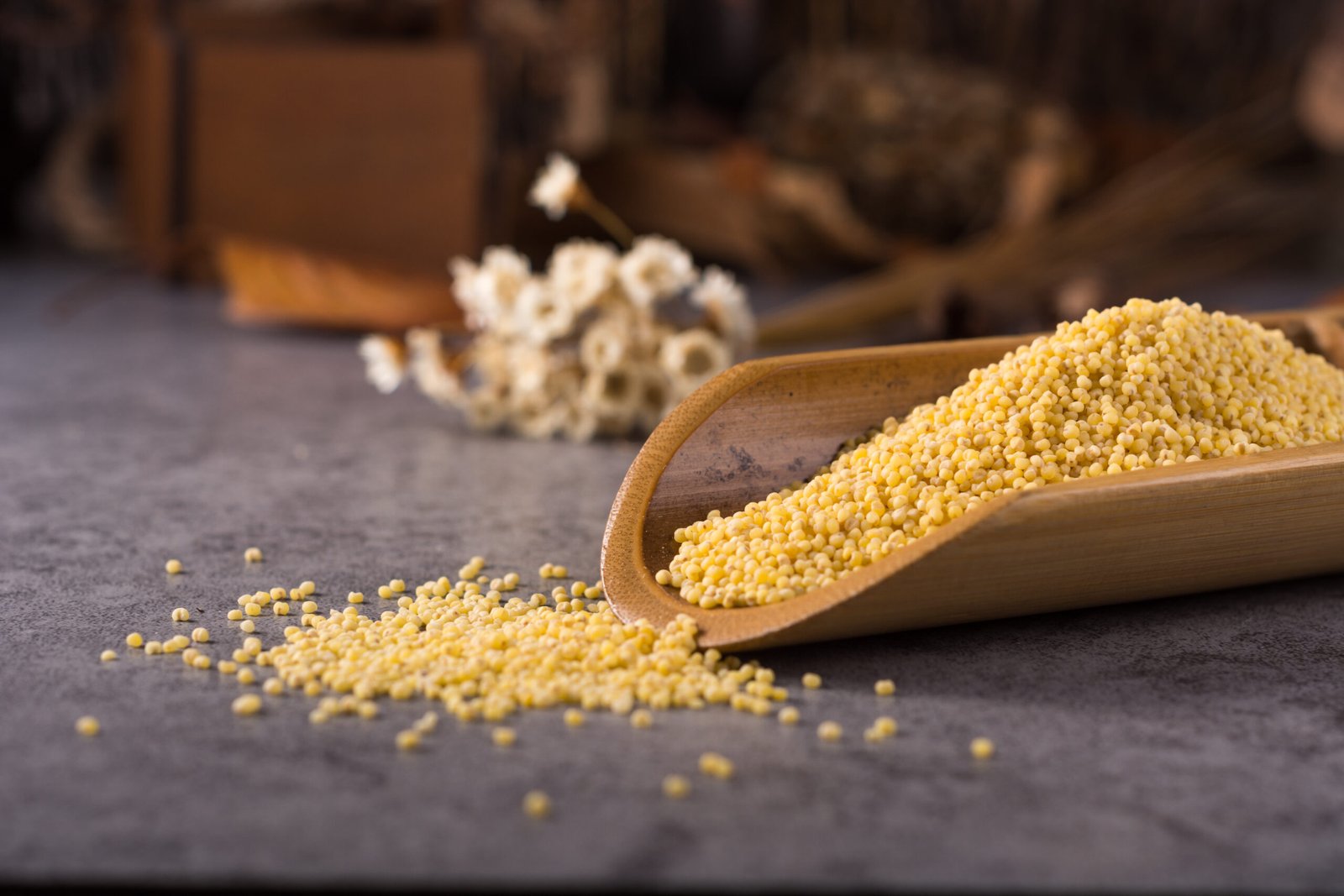
They say history finds a way of repeating itself, be it trends in clothes, music, architecture, medicines et al, just one fine day out of no where someone spark a new trend when they happen to pick up and sport the clothes, once stashed away as outdated, old songs also make comebacks as remixes bringing sweet nostalgia. Most remarkable of such comebacks has been our renewed faith in Naturopathy as treatment, Ayurveda in medicines, Yoga & meditation as a way of life and The most recent and significant resurrection of Ancient India’s staple diet, The Humble Millet…as a miracle diet supplement for a fit and healthy body has taken the world of diet conscious people by a storm.
Acceptance, appreciation and curiosities about these nutritional powerhouses has taken a whole new level worldwide. The United Nations General Assembly in its session in March 2021 had declared 2023 “The Year of Millets” subsequently The Government Of India too with its intent to popularize this Miraculous Superfood had backed and promoted extensively 2023 as “The Millets Year” at all levels, from providing incentives to the farmers to cultivate millets to various consumer awareness campaigns nationwide .
Let’s dive in and find some interesting facts about them.
Millet History : The Indian connection
Research brought forth the fact that millets were a staple diet in the times predating the Indian Bronze Age i.e., 4500BC, with references found in the Yajurveda, which is one of the four Vedas considered as the oldest Indian manuscripts.
The Yajurveda reveals information of the cultivation and usage of Millets as the staple food of the common people.
- Priyangava < Foxtail millet >
- Aanava < Barnyard millet>
- Shyaamaka < Black Finger millet>
infact, even some 5 decades ago until before “The Green Revolution”, millets made up to 40% of all cultivated crops in India which was far far more than the cultivation of rice and wheat put together. They formed an integral staple food in most local cultures across our subcontinent, which quite simply explains the healthier life experiences of people back then.
Marvelous has been the progress of mankind, the advancement of science right from our discovery of fire, the Industrial revolution to This, our AI age but equally amazing are comebacks such as the comeback of millets as the new most preferred Superfood in our everyday diet.
Alchemy of these Golden Grains
Millets are exceptionally nutritious grains, they are cultivated in a remarkable number of varieties with each type being equally distinct in it’s characteristic and flavor.
Before we explore more about some of the popular varieties finding their way into our cuisine let’s see what all the buzz about their nutritional content is,
- They pack a nutritional punch, boosting energy levels and strengthening bones, not only are they rich in Protein, manganese, Calcium but they also are an excellent source of Vitamins. Vitamin A, Vitamin B, Phosphorus, Antioxidants, Niacin, and Iron, infact they have more essential amino acids than most cereals too.
- Millets are also rich in dietary fiber content, both soluble and insoluble thus promoting healthy digestion while regulating the blood sugar levels.
- This Rich fiber content facilitates weight management and is a must inclusion in the diet plan when planning for weight loss. The high fiber content keeps the stomach feeling fuller thereby reducing the urge to overeat.
- Millets are also excellent at promoting anti aging, they say that the fundamental factor in how our body ages is how our body metabolizes sugars. Now, millets have tannins, phytates, and phenols in large quantities thereby our cells against wear damage. Additionally inclusion of millets in our diets protects us from high blood pressure, diabetes and high blood cholesterol.
- Millets are gluten-free so for individuals who are coping with celiac disease or are gluten sensitive millets are a very good alternative additionally as they have a low glycemic index they are an excellent inclusion in diets of individuals managing diabetes or those who are vulnerable to blood sugar spikes.
- The high Antioxidants present in certain varieties of millets boosts our immune systems
11 Names of these Golden Grains
1. Sorghum Millet (Jowar):
Maharashtra and Karnataka are the largest sorghum-producing states in India . Certain varieties of Sorghum are also used in the production of ethanol.
2. Proso Millet (Chena / Barri)
Popularly called broom corn millet in the drier regions of Asia, Australia, Africa, Europe, and North America. A very small quantity of water is required in cultivation of this crop.
3. Pearl Millet (Bajra)
Bajra is mostly grown in states such as Gujarat, Rajasthan, Maharashtra, Uttar Pradesh, and Haryana.
4. Foxtail Millet (Kakum / Kangni)
This millet is usually grown in a semi-arid region. In India the growing season of this millet is very short.
5. Finger Millet (Ragi)
Ragi is the common name for finger millet in India. The ragi millet is popular because of its nutritional benefits. It is one of the most grown millets in India. Ragi flakes are mostly used in baby foods.
6. Browntop Millet (Korle)
This millet is mostly grown in Karnataka and Andhra Pradesh it can be grown even in soil with very low fertility.
7. Barnyard Millet (Sanwa)
This particular millets is grown in certain parts of Andhra Pradesh and Uttarakhand. Its peculiarity is that it grows easily even in marginal lands.
8. Little Millet (Moraiyo)
Cultivated in the Eastern Ghats of India. This millet can be easily grown even if there is water logging or drought.
9. Buckwheat Millet (Kuttu)
Buckwheat or kuttu is one of the most popular varieties of millet, and is frequently consumed during the fasting period usually during Navratri. Kuttu lowers the blood pressure and is beneficial in managing diabetes. It is also beneficial for cardiovascular health, and it should be included in your diet if you wish to lose weight. Additionally, kuttu builds resistance against gallstones, asthma in children and cancer.
10. Amaranth Millet (Rajgira)
Amaranth is popularly known as Rajgira. It is an excellent source of protein and dietary fiber and perfect for a balanced diet. Additionally, Rajgira aids in preventing hair loss and greying. Rajgira also reduces cholesterol and also reduces the chances of developing cardiovascular disease. It also is a rich source of calcium, vitamins and other nutrients.
11. Kodo Millet
This is a digestible type of millet that contains more of the amino acid lecithin. It helps to strengthened our neurological system. An exceptional source of Niacin, B6, and folic acid, among other B vitamins and other vitamins and minerals. Kodo has minerals such as calcium, iron, potassium, magnesium, and zinc. It is recommended for people who are gluten intolerant since it is a gluten free millet.
4 Simple delicious, nutritious culinary delights to serve the magic of miraculous Golden Grains on our tables
- The Millet Chapati
Making the dough for the Chapatis with wheat flour and a millet based flour like ragi or jowar in equal proportion is one of the simplest ways to incorporate millets in our diet.
- Millet Idlis
Starting the day with a probiotic breakfast has since long been a common choice for us Indians and idli our favourite breakfast snack. It has since been found that rice being high in carbohydrates content induces lethargy, Millets on the upside are an excellent and a healthier substitute for rice plus they shall keep you full for long and are a foodies delight for most millets can be used to make idlis which implies we get to taste a new flavoured idli each time. The preparation is just the same as the rice idli, we need to soak the millets for 8 hours then grind them in a mixer. The batter is then left to ferment for another 8 hours, preferably overnight. Salt is added to the batter the next morning and poured into greased idli moulds and steamed for about 20 minutes.
- Millet Pulao
Foxtail millet pulao is a simple recipe that tastes awesome and takes about 25 minutes preparation time apart from the soaking time of at least 60 minutes in warm water prior to cooking.
Heat 2 spoons of ghee in a pan, crackle in a few dry spices and then add chopped vegetables of your choice, green peas, carrots, French beans, potatoes. Strain the millets and add them in the pan, stir well, add water and salt to taste. Bring it to a boil then close the lid and allow the millets to be cooked on low to medium heat for an aromatic and flavourful delight.
When cooked, turn off the knob and keep it covered for another 10 minutes before serving.
Serve with any raita of your choice and savour this humble and nutritious delicacy.
- Millet biscuits
Ragi biscuits are light, tasty, nutritious and fairly easy to make.
In a mixing bowl, add about a cup of ragi flour and about the same quantity of wheat flour, now add baking powder and cardamom powder to it, next add about ¾ cup of jaggery / sugar powder in the mixing bowl and mix well.
Heat about 8 tbsp. Ghee/ unsalted butter and allow it to cool before adding it to the mixture and make a dough, you may add a spoon or 2 of milk if the dough is dry.
Allow the dough to set and preheat the oven for 15 minutes at 170°.
Grease the tray and place small flattened ball from the set dough about an inch from each other and bake for 20-30 minutes depending upon the thickness of your biscuits. You know they are done when they are not sticky, the biscuits still seem soft at the centre but on cooling they firm up.
Instant energy boosters savour them as you please!



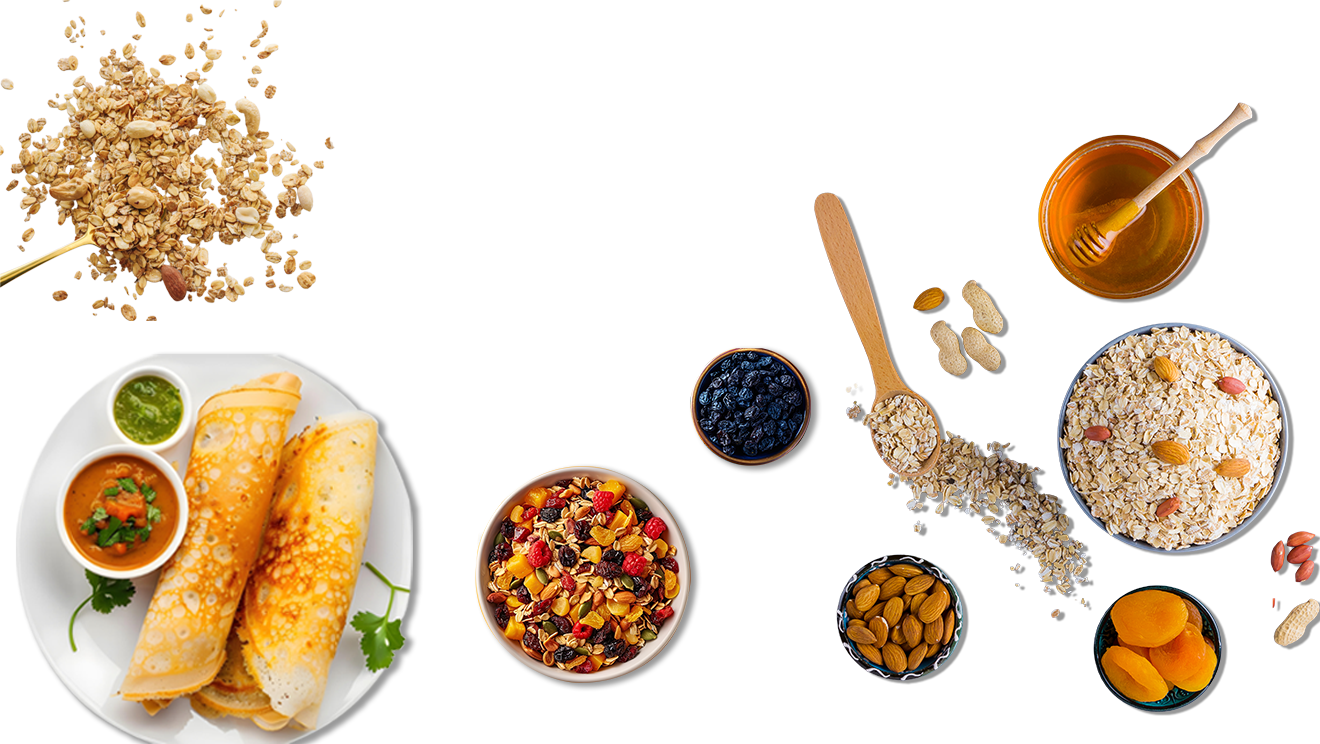
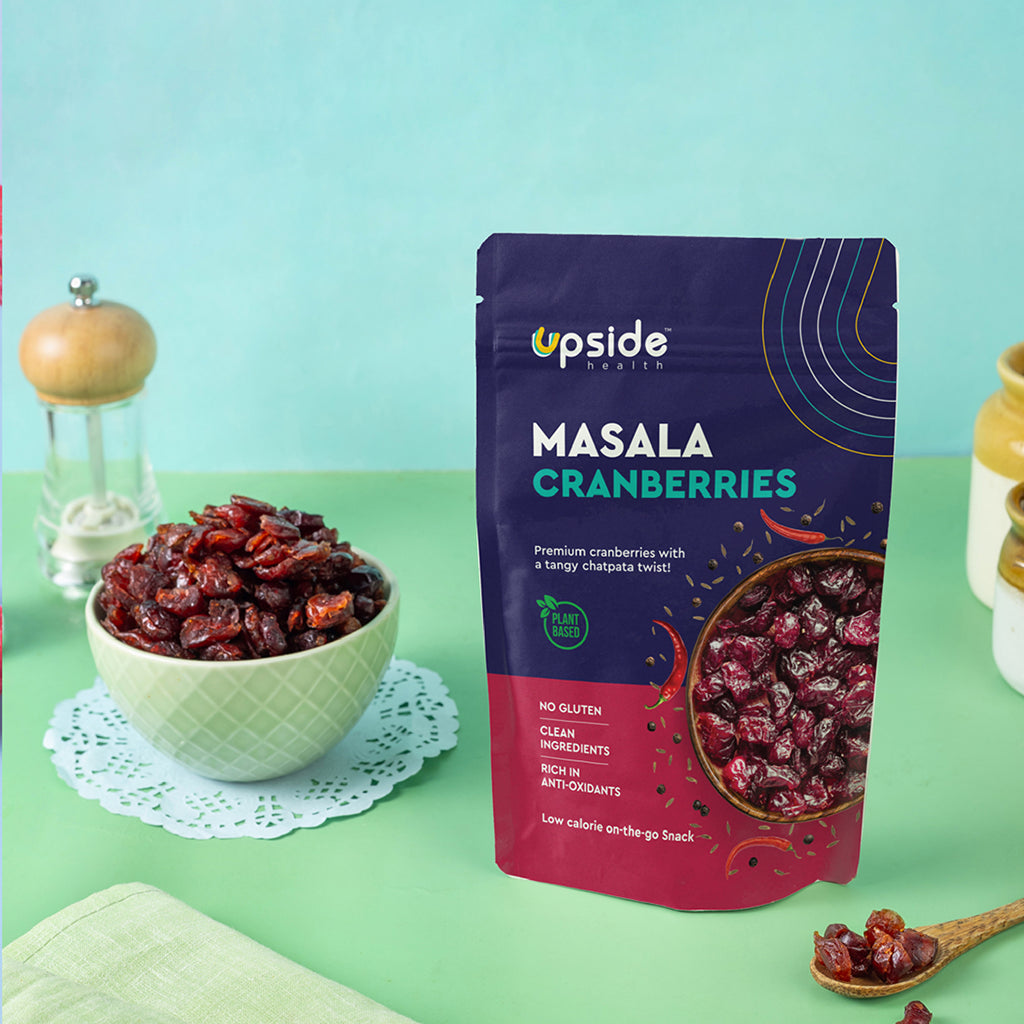
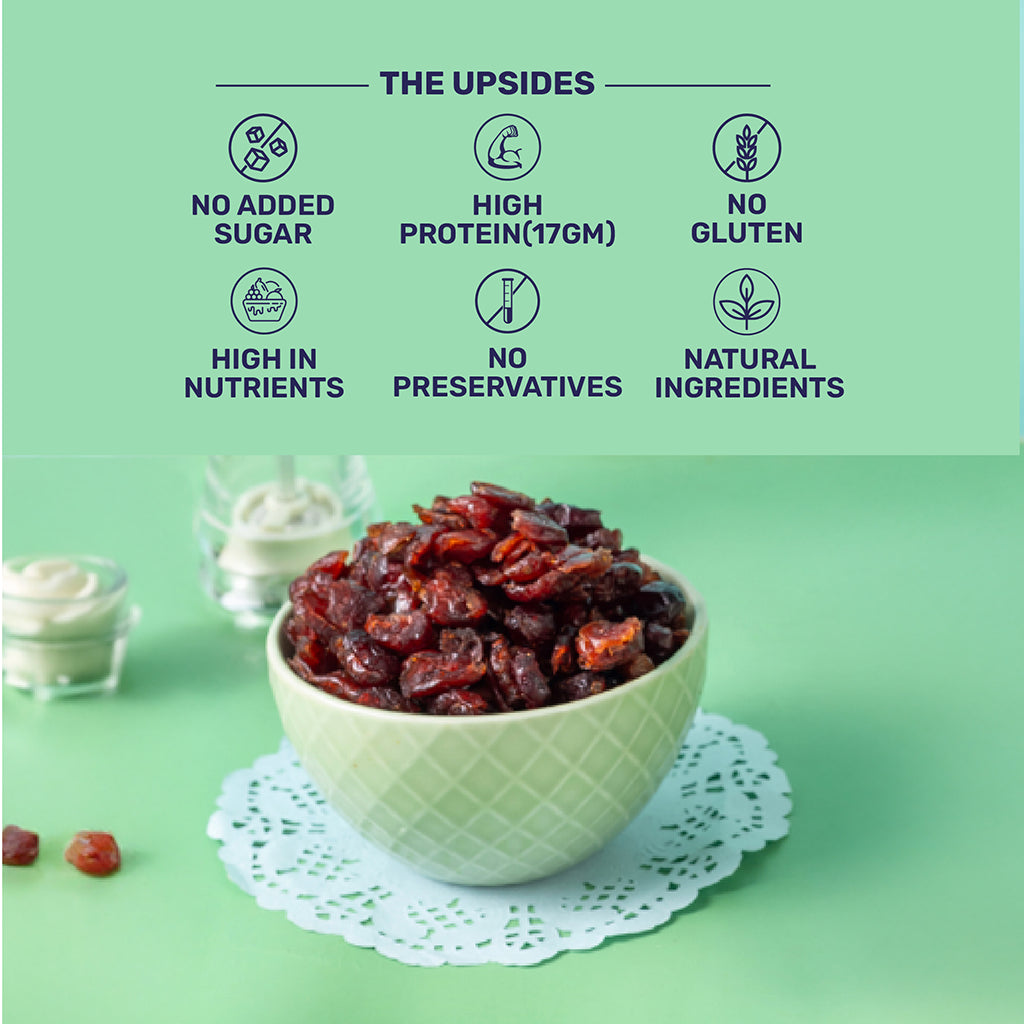
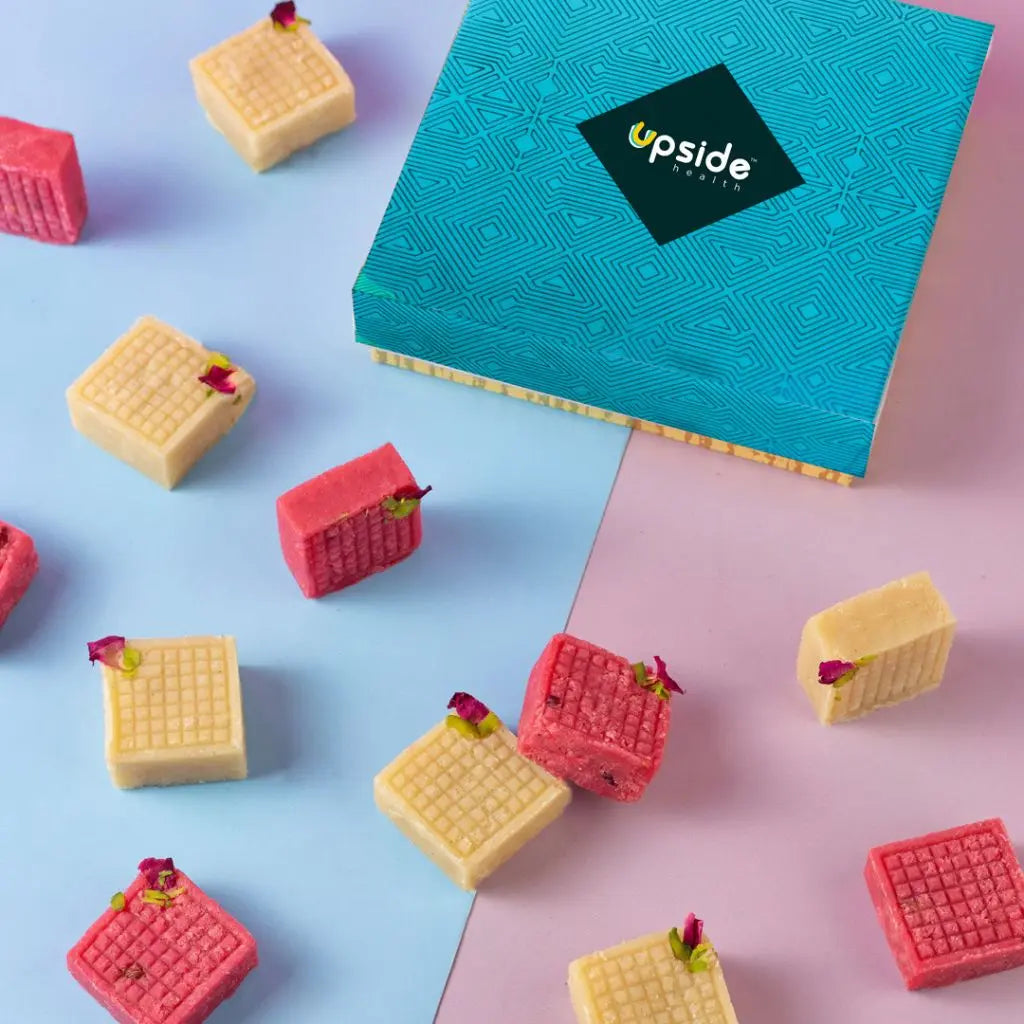
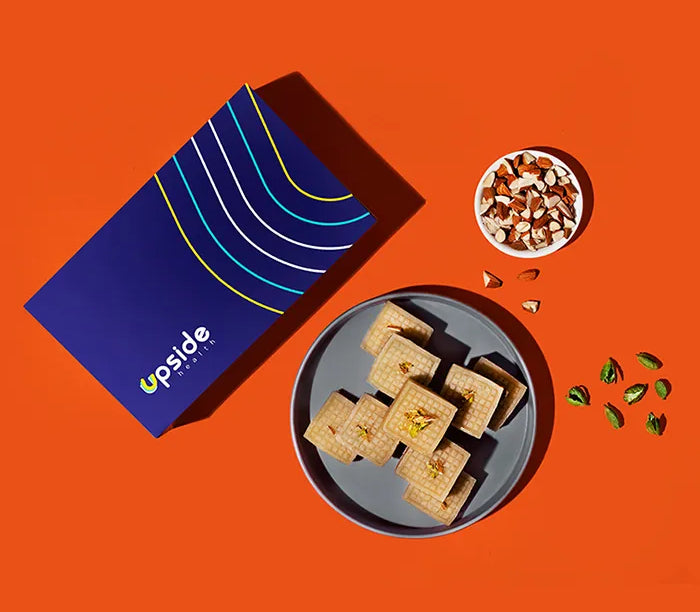
Comments (0)
Back to Learn